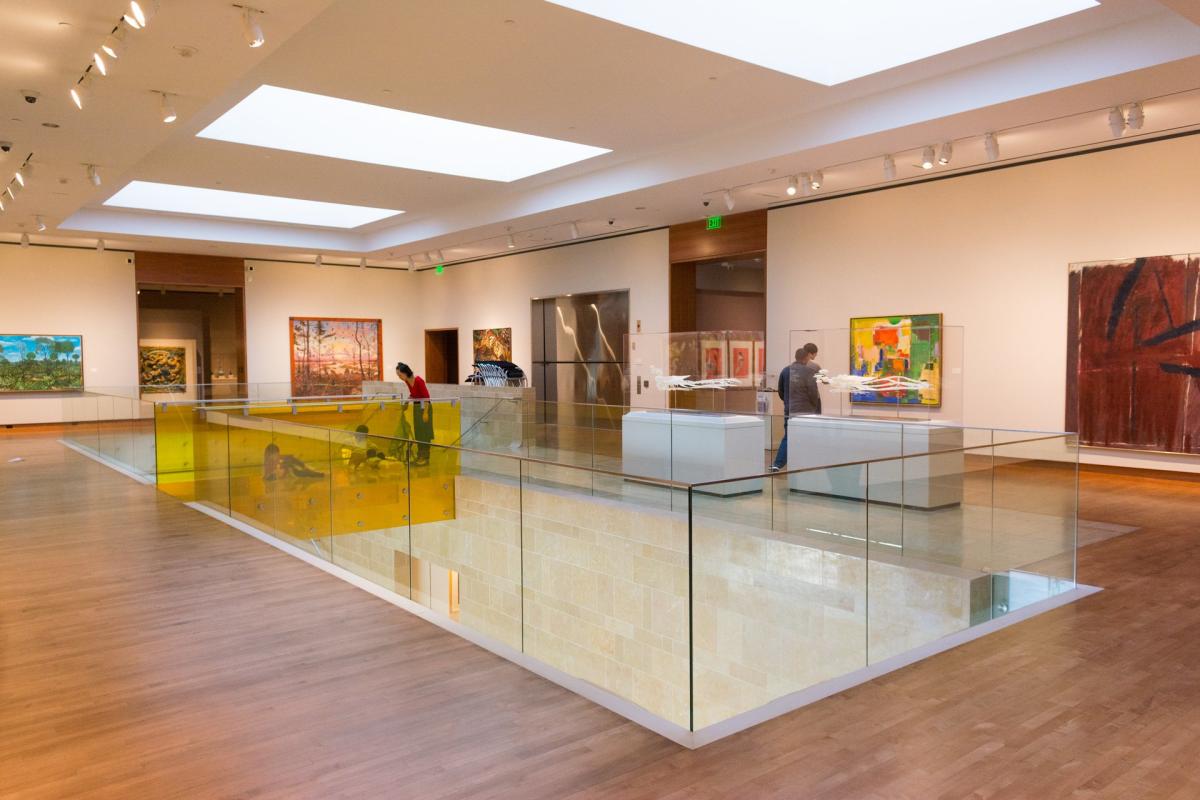
It states, “Creativity is the person-centered process of imagining possibilities and taking embodied expressive action to make your idea(s) real.” This humanistic view avoids premature evaluation while differentiating human from machine creativity. This study shares 150+ diverse definitions of creativity from 1950-2019 and proposes a definition of personal creativity that is dynamic, imagination-informed, and phenomenon-based. Since the 1950s creativity scholars have relied on the product criteria of novelty and usefulness (Stein, 1953) to define the construct, even though this approach uses “extrinsic outcomes at the level of culture as the starting point to conceptualize individual activities characterized by intrinsic motivation” (Hansen, 2013, p. Visual pattern and texture scavenger hunts can cultivate these sustainability senseĪbstract REIMAGINING THE WAY THE LIVED EXPERIENCE OF CREATIVITY IS DEFINED, INSPIRED, AND ENCOURAGED IN THE 21ST CENTURY: A CREATIVITY PRACTITIONER/EDUCATOR’S HEURISTIC INQUIRY Marta Davidovich Ockuly Saybrook University Imagination alone is not creativity, but there is no creativity without imagination. The sense of touch can offer a continuous and mutual comfort and belonging. Pattern sensing for similarity using the visual sense of wonder can support connected knowing and ecological vision. Savoring in the sense of taste can extend learners from survival to joy, offering opportunities for mindfulness that can connect cultural and biocultural mutualisms and collaborative sustainability agencies. Scent can catalyze wonder and inspire experiential, holistic growth and integration of time. The sense of sound can be immersive and resonant, lending learners to relational and multispecies sensing. Sensing, listening, intimate observing, imagining, feeling, entangling, and wondering can shift unsustainability epistemologies and transform human and cultural engagement. Findings include activities and reflections across the five senses as well as with the sixth sense, intuition. The researchers work in research teams to explore experiential and sense-based hope-and agency-building curricula. It is authored collaboratively by sixteen graduate course participants and faculty co-researchers who discuss interrelated theories pointing to a need to foster senses of wonder in sustainability education. This article focuses on how awakening the senses to foster a sense of wonder can nurture grounded, authentic, active hope and agency in sustainability education. Sensory entanglement and wonder are requisite because they bring valuable shifts supporting a more critical and transformative kind of sustainability education by (1) awakening a compassionate connection with the living world, (2) nurturing alternative epistemologies, (3) providing a strengthening function for sustainability educators and their co-learners, for stamina and ongoing engagement, and (4) generating sustainability agency and an active and authentic hope to sustain a sense of the possible in the midst of the dire. Recent sustainability education theorists have identified a gap in the research literature regarding sensory entanglement and wonder in sustainability education.

Used alone or in concert, they invite improvisation and can be used by facilitators of all experience levels, across various fields. These methods are just a starting point and can inform the design of workshops, events, co-production strategies, and the development of sustainability initiatives. Theory U is used as an organizing framework. Theoretically, it draws from a variety of approaches, including Metaphorical Thinking, Aesthetic Practices, Arts Based Environmental Education, Care for Place, and Appreciative Inquiry. This toolkit invites participants to disrupt default anthropocentric worldviews and draw more deeply from their own values, intentions, and an expanded sense of ecological self.
#Art directors toolkit alternative free#
To break free of habituated ways of thinking and perceiving, a field of research addressing the ‘inner-dimensions of sustainability’ argues that deep transformation requires ‘change from the inside out.’ This entails engaging with emotions, changing cultural narratives and worldviews, and stimulating specific mindset shifts conducive to socio-ecological innovation. Compiled by a research team collaborating through the SUSPLACE Innovative Training Network, it is the result of our collective research and experimentation with creative and arts-based methods of engagement. The ideas and methods collected in this toolkit are intended to support new ways of thinking and doing in our work as change agents towards regenerative societies.



This open access toolkit offers a collection of almost 30 methods, practical examples, workshop outlines and tips for creative facilitation, as well as resources and relevant academic references.


 0 kommentar(er)
0 kommentar(er)
